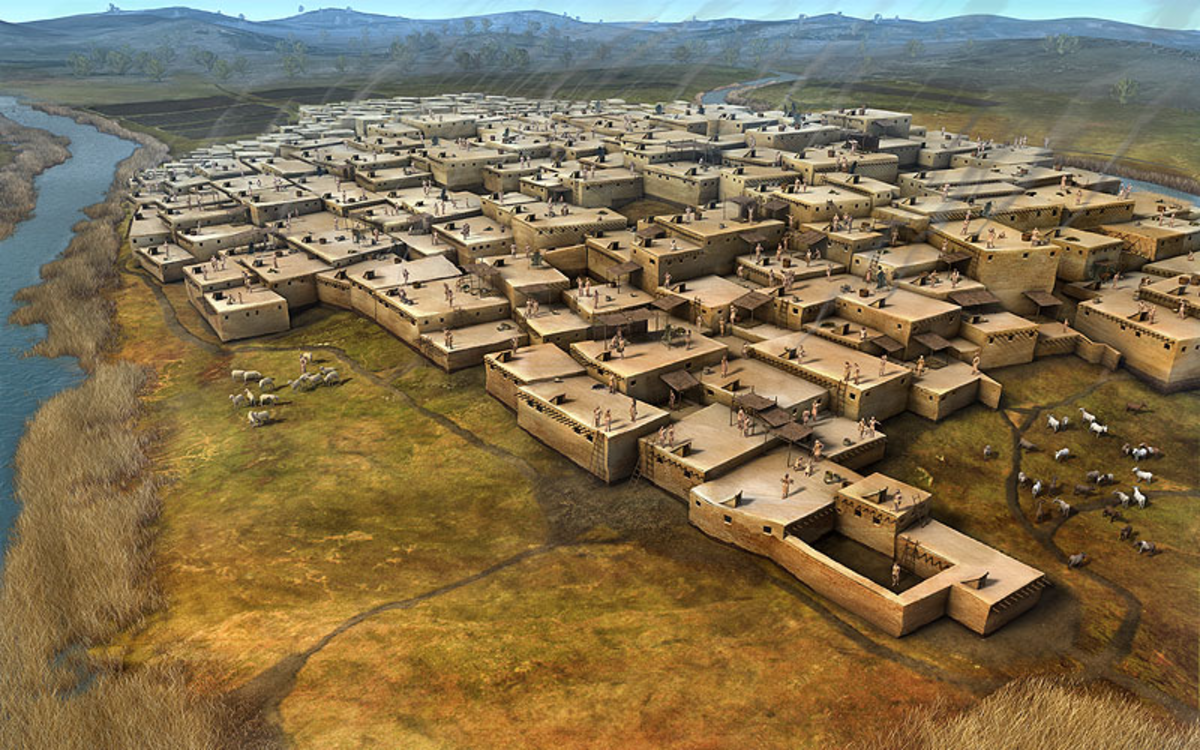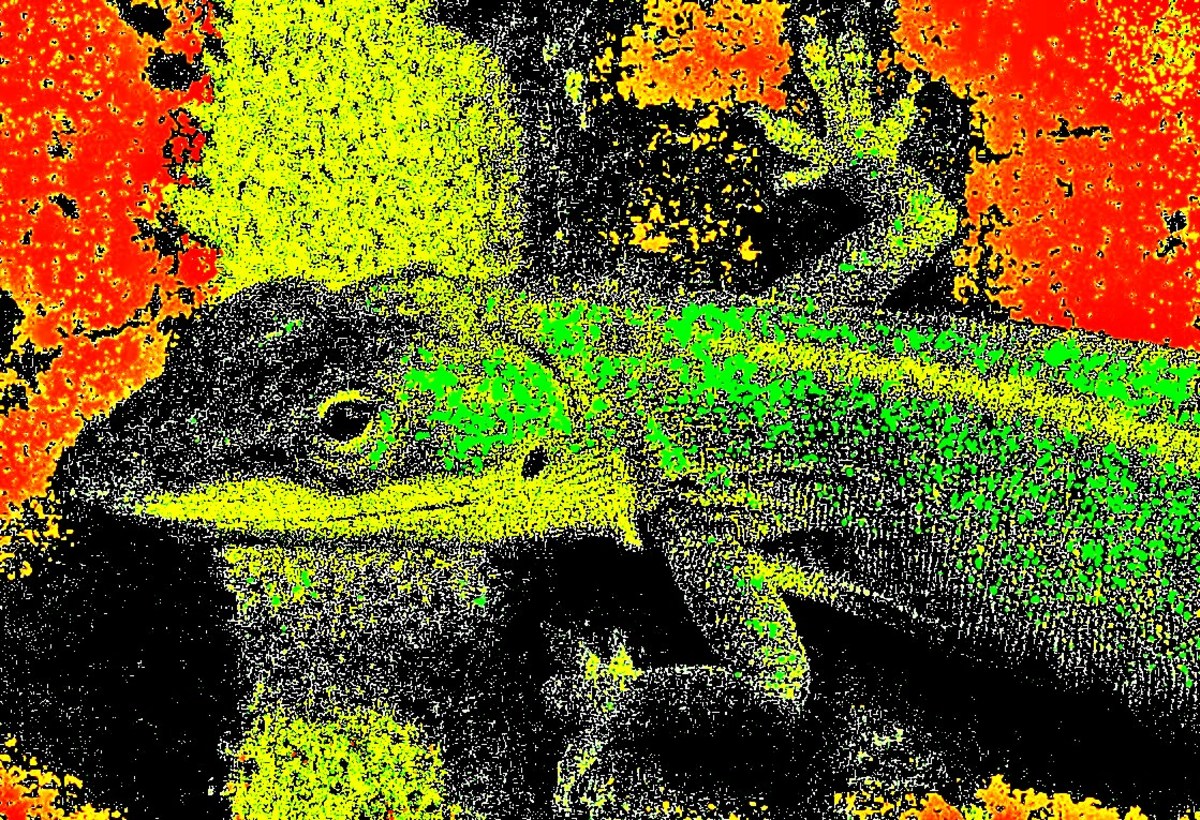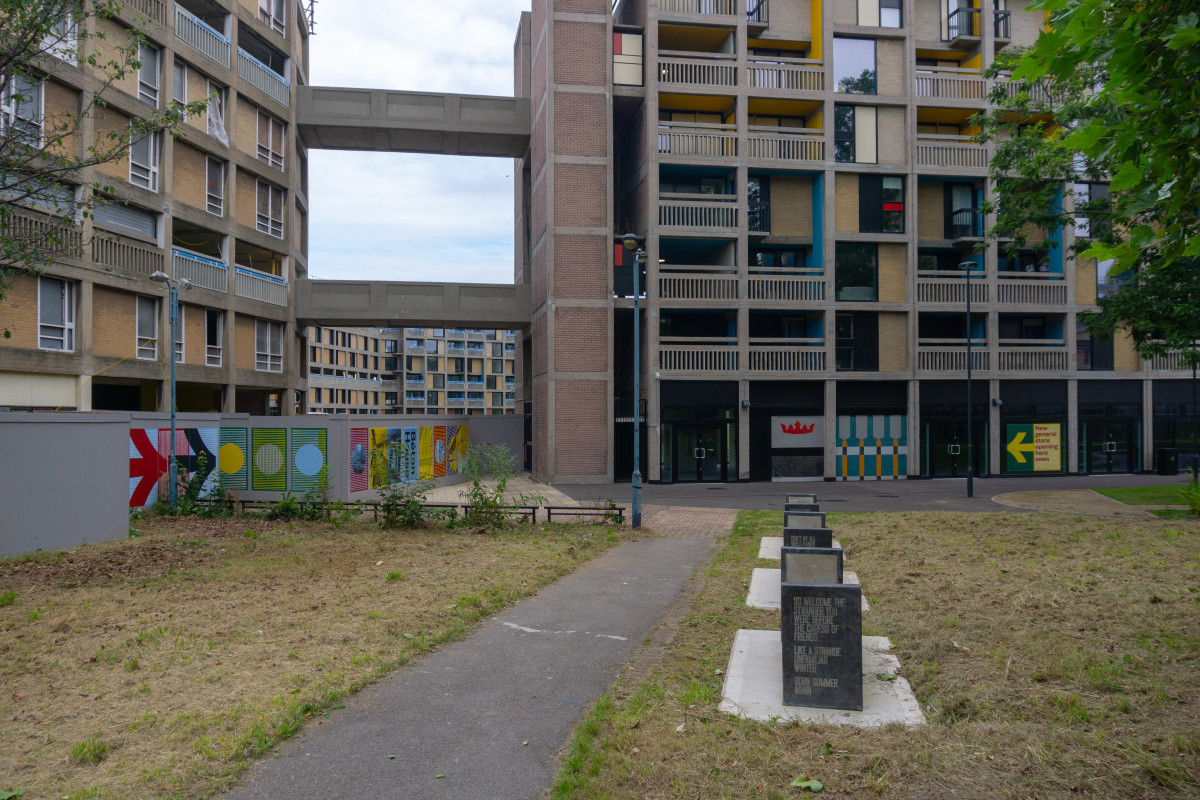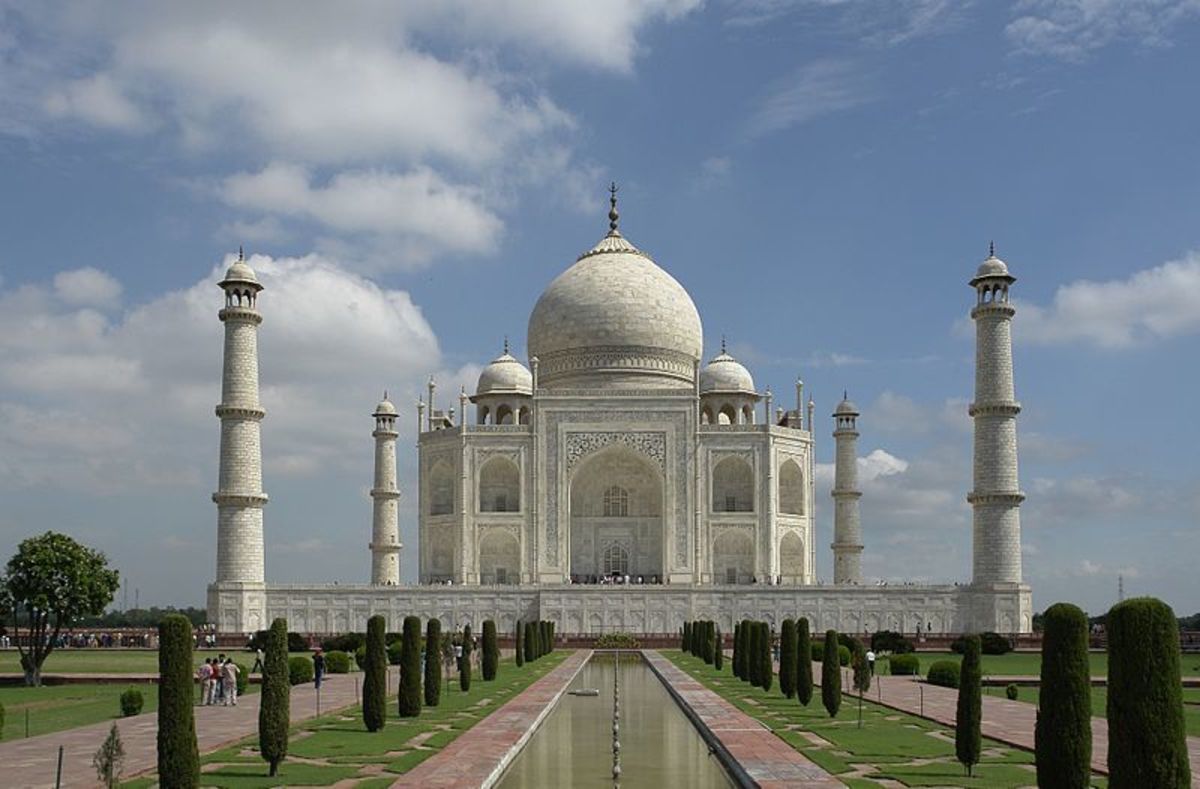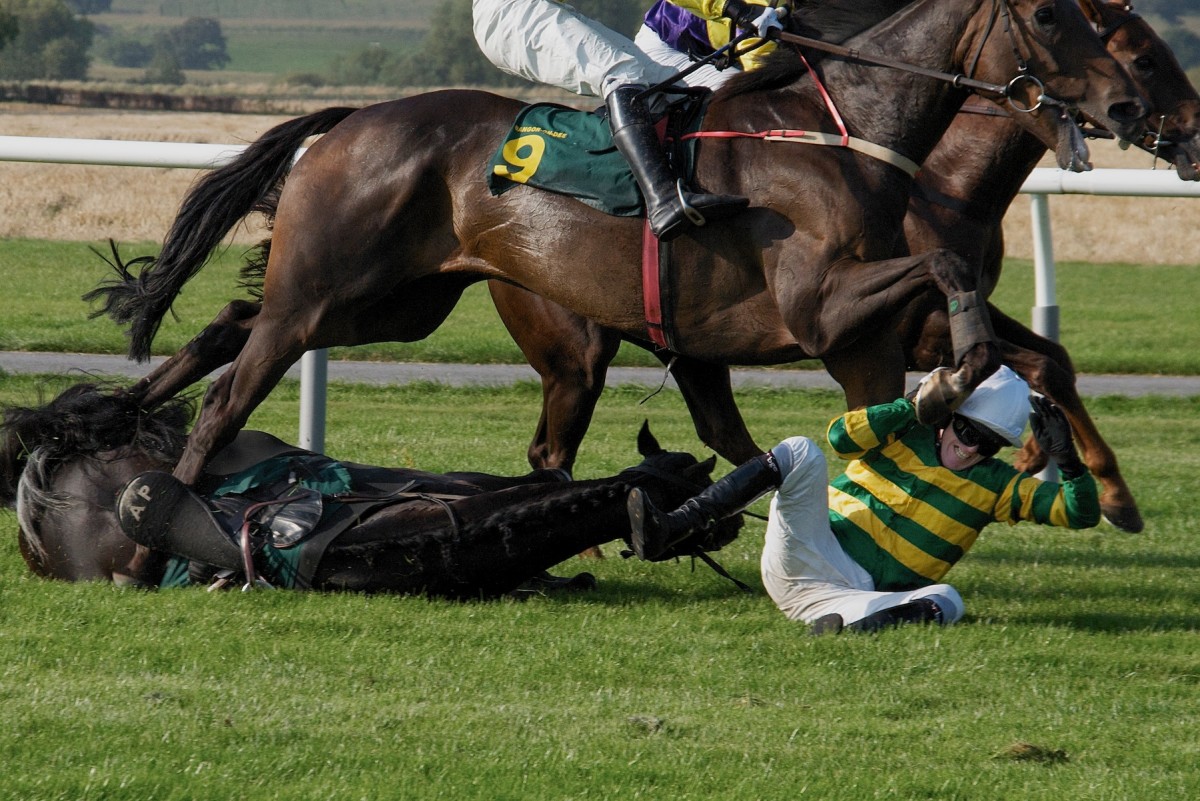Architectural Photography Tips
Taj Mahal
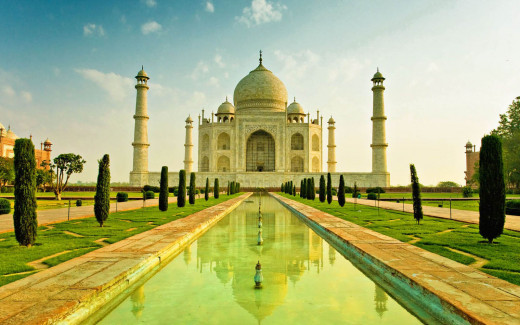
Understand the Building's Function
Every structure is created to serve a particular purpose, be it housing people, functioning as a work place, offering a place of worship or simply providing aesthetic and intellectual stimulation. So in order to capture the essence of particular building you need to understand, why it has been made.
Visit the place in an apt time
Every Structure is well lit at a particular time of the day or even during a certain season. The quality of the light not only affects the exterior of the structure, but also the interiors. Visit the area and figure out when you can best find the quality of light that compliments the structure.
Make use of converging lines
Good architectural photography demands straight, parallel lines. However, breaking this rule can lend dramatic results. Often certain buildings are constructed in such a manner that lines curve and spiral in unusually. Instead of avoiding them, emphasize them by shooting at a wide focal length.

Balance the exposure
When including dark interiors with a brightly lit exterior, you will need to balance the exposure such that you do justice to both. This may simply mean compensating for exposure, while in others, you might need to fire the flash. In cases where both doesn't work, you can create HDRs.
Watch the Edges of Your Frame
What the viewer learns about the structure, largely depends on where you end the frame. Check the borders of the frame to see whether you are abruptly cutting a window, arch or pillar in the middle. It is a good idea to include these elements in their entirety along with some empty space. This will help anchor the viewer's eye.
Consider the Entry of Light
When shooting indoors, pay special attention to the direction of light. This may be alone shaft pouring from an air vent near the ceiling, or a sea of light entering through a row of windows.
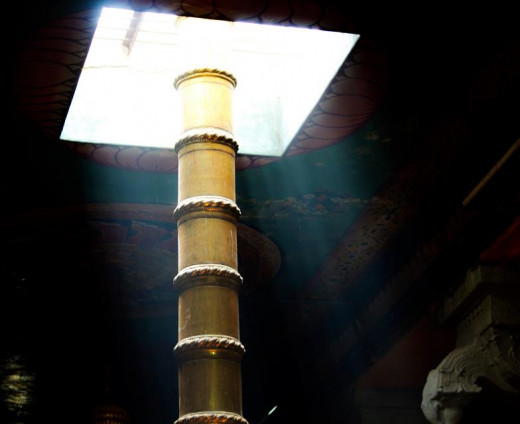
Make use of Rhythm & Repetition
Think of the repeating arches, railings, balustrades, colonnades, windows and doors found in most structures. This repetition makes it impossible for the eyes to lose the track of forms. So, concentrate on these repeating shapes to bring out the grandeur and innate beauty of architecture.
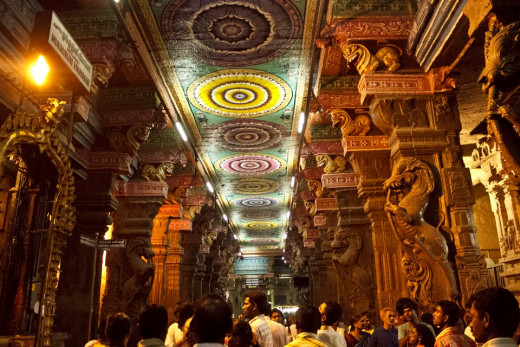
Break Down a Building into Parts
Walk in and around the building and try to locate its most striking aspects. A few buildings offer stunning staircases, patios and galleries. Other can offer hidden gems like unusual car parks or unique garages.
Pay Attention to Shapes & Forms
Structures are made up of squares, rectangles, triangles, circles, diamonds and other shapes. Harsh shadows can further enhance the geometric nature of architecture. While modern buildings have sharp, angular shapes, old world architecture provides minarets, turrets, spires, unusual arches and domes
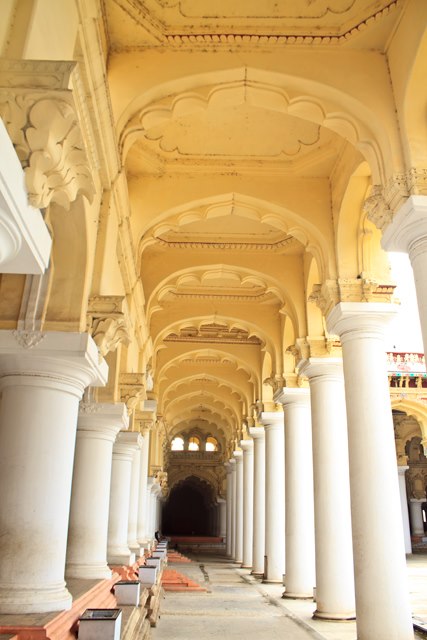
Explore the Beauty of Asymmetry
A building does not need to be symmetrical to be functional as well as beautiful. Of late, modern architecture has given way to strange three-dimensional designs, consisting of uneven and asymmetrical shapes. Try to enhance, exaggerate and bring these quirks to the fore, rather than adopting a conventional approach.
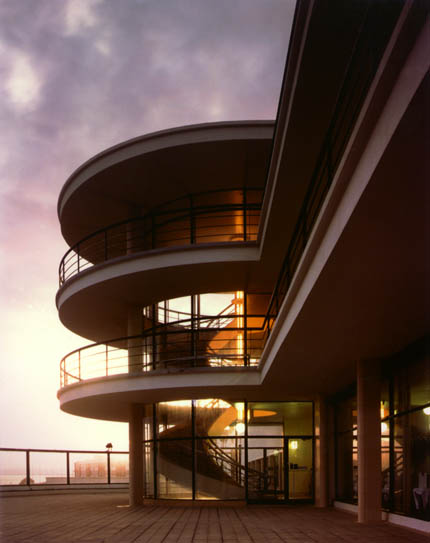
Employ Leading Lines
Lines are present everywhere around us, but are most obvious in architecture. Choose a vantage point that allows you to use the lines of a structure in a manner that leads the viewer through the frame. Here, the sharp angular lines of the stairway start on one end of the frame and terminate perfectly on the other end.
Emphasize Scale Using People
Including a human element in the frame is the easiest way to establish the size of a structure. Not only does this add an element of interest, but also tells you more about the function and surroundings of a building. This could be tourists at a popular spot, workers dwarfed by a factory or even a shopper with a bunch of bags at a commercial area.
Concentrate on Shadow Play
The three dimensional aspect of a structure is made evident only because of shadows. If there were no shadows, a building would look flat and two-dimensional. Hence, shoot at a time when the light causes strong shadows. A simple shift in shadow play can change the look of structure.
Make Dramatic Use of the Sky
The sky acts as the background for most architectural photos. Since it is such a significant part of your frame, you need to use it effectively. Use a polariser to darken blue skies, or correct them during post processing. Also, shoot on a day when the clouds are puffy and characteristic.
Think Graphical
From offering solid blocks of color to impossibly large shapes, nothing has a more graphical nature than architecture. A good graphical image also needs to have easily recognizable rhythm which is quite evident in architecture. So, consider the building as a graphical object and treat object and treat it accordingly.
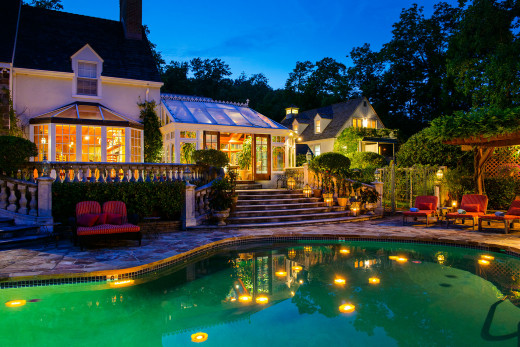
Play with Color Temprature
Buildings made out of bricks and sandstone have earthy tones, while buildings made out of concrete are predominantly blue and grey. These tones can be made warmer or cooler using white balance presets. The time of day also influences the color temperature of a building.
Visualize the Scene in Black & White
Buildings can have solid vivid colors. So, what happens when you take away their hues and turn them into black and white? Every color translates to a different shade of grey. Deep, vibrant tones turn into dark grey, while light hues turns into pale shades of grey. Also the mood of a place can be completely transformed by shooting in monochrome.
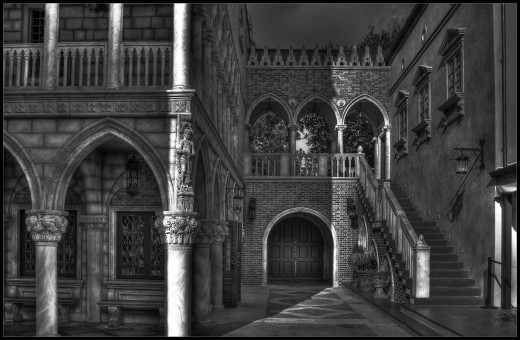
Employ Filters to Transform Tone
Yellow, Orange, Red and Green Black & White filters affect monochromatic tones. A red filter will allow only red wavelengths of light and block all other colors. Thus red tones will appear lighter, while contrasting colors like blue will appear relatively dark. So, a red monument against a blue sky will transform into somewhat white building against a dark grey background.
Explore more than just Buildings
Architecture is more than just monuments, factories and apartment complexes. It includes dilapidated ruins, abandoned houses, bridges, or even temporary structures. Each of these places have a certain character that often goes unnoticed. Explore such places and visualize them as their inhabitants once would have.
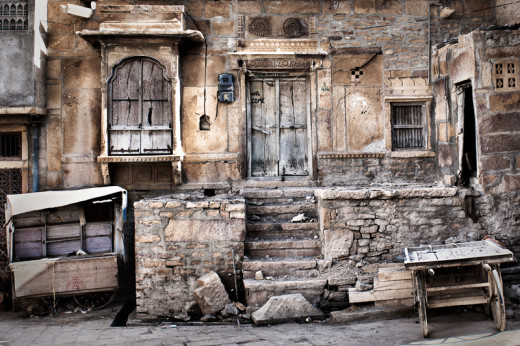
Use Contrast to Your Advantage
The graphical nature of a structure can be enhanced by the use of high contrast. On the other hand, reducing the contrast will make the finer details more visible and also lend a subdued mood to your photo. Soft diffused lighting can help you create such low contrast photographs.
Use Tripod for Steady Shots
Architectural photos might need you to shoot at slow shutter speed, so, take a tripod along. Besides managing steady shots, you will also be able to ensure that the horizon lines in your frame are perfectly straight and not tilted. The use of tripod will also slow you down and hence, help you compose more carefully.
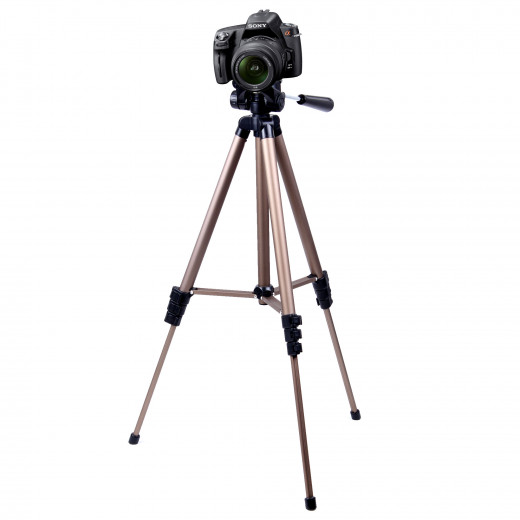
Capturing in Different Seasons
Same monument will look different on a bright summer day as compared to a misty winter morning or evening. Autumn leaves piling in a courtyard or blue haze surrounding a tall structure can lend it a definitive character. Misty, foggy conditions and overcast conditions can also offer unique backdrops to a structure.
Make use of Depth of Field
Since a structure is made up of plenty of little details, it is desirable to ensure that all the details are rendered sharply. A narrow aperture such as f/8 or f/11 combined with a wide focal length will ensure that the foreground as well as the background is in focus. However, avoid extremely narrow apertures like f/22 or f/32 as diffraction will reduce sharpness.
Add Elements to Your Story
If there is anything interesting around the structure that helps you narrate a story, include it. This might be something as simple as a tree, a lamp post, a signboard or even a stationary vehicle. Such elements not only provide relief from the structure, but also embellish the mood of the photo.
Soak in the Splendour
Lot of people end up shooting a snap as soon as they spot their preferred subject. Instead, spend sometime just taking in the atmosphere and the various aspects of a building. There is a reason why its aesthetic appeal has been given so much attention, and it is only appropriate that you appreciate its structural beauty


